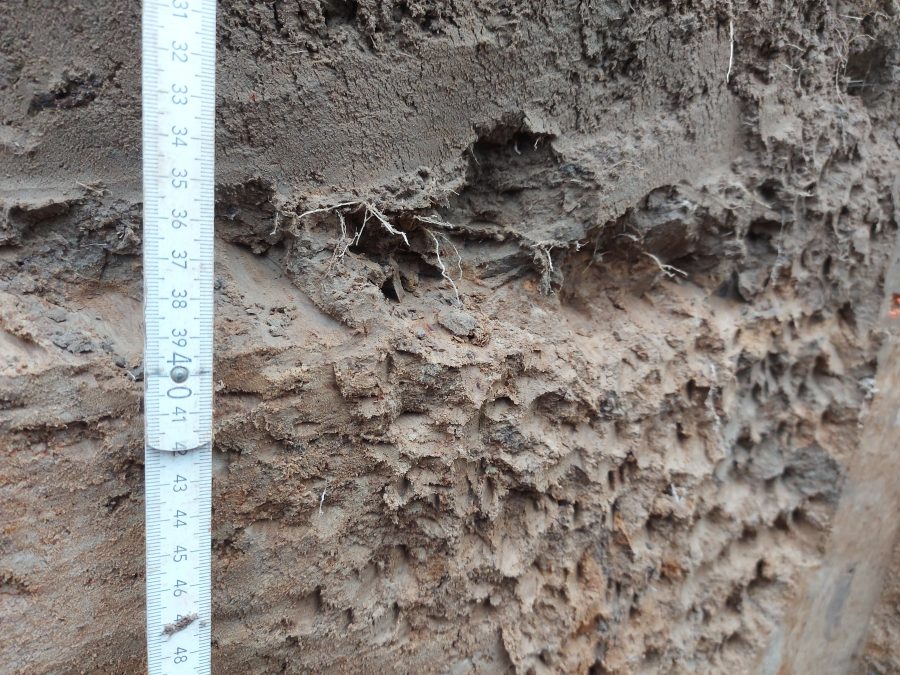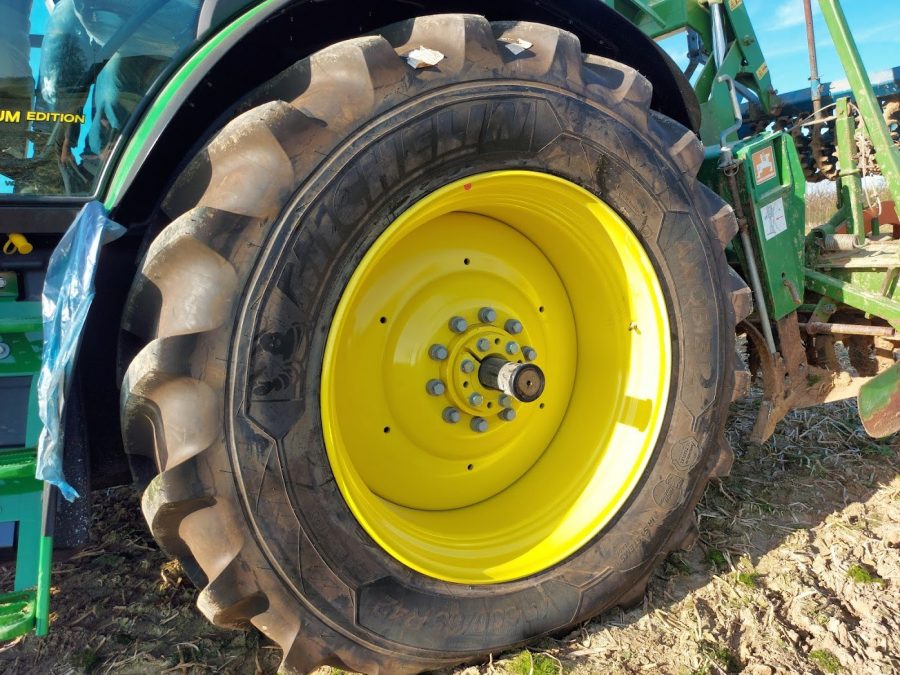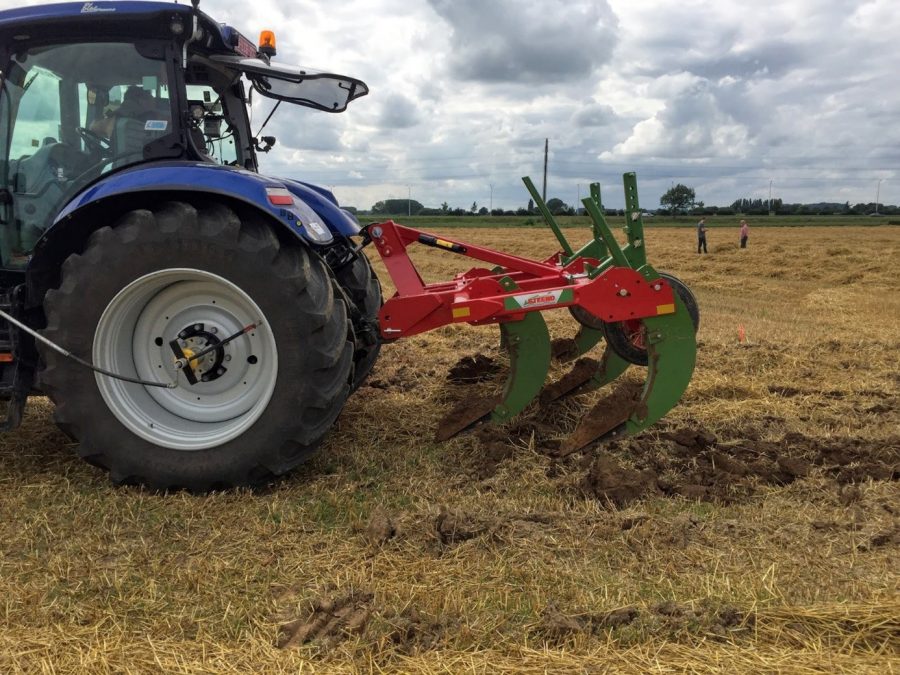General Soil compaction: an ounce of prevention is better than a pound of cure
The VLAIO research project "Prevention and remediation of soil compaction" began 4 years ago because it had become apparent that farmers, contractors and processors were barely aware of the risks associated with soil compaction. Soil compaction affects about one-third of the arable land in Belgium, however, and throughout Europe the phenomenon is even considered a serious threat to agricultural production. Agricultural machinery has become heavier in recent decades and increasingly enters cropland during periods that represent the highest probability of wet, and thus weaker, soil conditions. In this project, the research partners ILVO, Soil Science Service of Belgium, Inagro and Ghent University collaborated with a number of farmers who actively participated in the project to search for possible measures that would prevent and/or reverse the soil compaction process.

Prevention remains the best approach. As part of my doctoral research, I tested several measures that can help to prevent soil compaction.
One recommendation is to avoid doing field work on wet soils. On wet plots, it is therefore better to focus on crop varieties that can be harvested earlier in the season, when conditions are normally drier. Another recommendation is to reduce the tire pressure, as this dramatically reduces the impact of the heavy machinery on the soil surface. Results from the field trials reflected that lower tire pressure resulted in a higher crop yield and, as a nice bonus, lower fuel consumption, according to Vanderhasselt.

When prevention is inadequate, farmers and contractors are quick to implement deep tillage as a remediation measure. However, the field trials showed that the impact of these tillage operations was extremely dependent on the weather conditions that followed, and that the effect was very often limited to the first year. Positive effects in the longer term can be obtained by sowing deep-rooting crops, such as alfalfa and fodder radish, after a round of deep tillage. The deep, strong roots of these crops can break up highly compacted plowed soils. This starts a slower, but also more sustainable, soil compaction remediation process.
As a farmer and as a contractual farm worker, I am well aware of the importance of good soil quality for a healthy and productive crop. Actively supporting this project gave me front row insight into the effectiveness and feasibility of various measures for preventing and remedying soil compaction.

Jo is taking the findings from the project into his own farming and contractual operations, where he uses deep tillage to improve soil structure. Furthermore, inspired by the project results, he has equipped several of his tractors with low-pressure tires and/or a pressure-changing system. That system allows adjustments to the tire pressure even while driving on the field, resulting in minimal soil compaction.
This project was realized with the financial support of VLAIO, Algemeen Boerensyndicaat, Bayer CropScience, Boerenbond, Bridgestone, Michelin, Olmix group, Steeno, VDD agri and Yokohama
Want to work with the Plant and Soil Living Lab?
Contact us right away. We guarantee that all of your questions will be handled confidentially.
 ILVO Plant & Soil Living Lab
ILVO Plant & Soil Living Lab